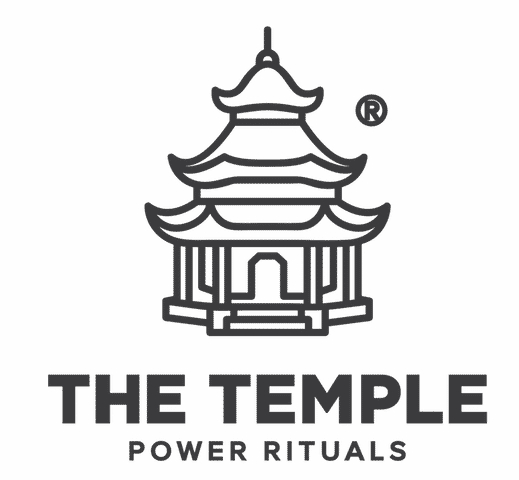
What is Yin and Yang?
I am sure most Western people think about the well-known black and white sign of Yin & Yang or the logo of their neighborhood dojo karate club and might not think any further than that. I am not most Western people. After living in China for over 13 years I catch myself telling my friends that I have too much yin (or yang) in my body and I need to remove the heat or the cold with eating this and that. Some thinks I’ve gone mad while my Chinese friends will give suggestions how to do it the best way. Indeed, I drink hot water almost all year long (even my own mother fails to simpatize with that), and never eat mangos in the evening. Let me tell you more about this fascinating topic and let’s start it from the beginning.
The Ancient Yin and Yang Philosophy
The first written records about the concept are dated back to the Zhou Dynasty (1100 – 771 BCE) and the Yin Dynasty (about 1400 – 1100 BCE). Yin and Yang became an increasingly popular concept around the Spring and Autumn Period (770 – 476 BCE) and the Warring States Period (475 – 221 BCE). The first book that is based on this philosophy and discusses the nature of these forces is called the “Book of Changes,” which was written during the Zhou Dynasty.
Principles
Yin and yang is a relational concept that represents nature’s two opposite principles. Up until today yin and yang are important part of the traditional Chinese medicine and also fengshui. The first “medical” record of this ancient concept dates back to the “Yellow Emperor’s Classic of Medicine” written about 2,000 years ago. The book writes about how the balance of yin and yang exists in everything.
Balance
Yin and yang elements always exist in pairs, often as opposing but complementary forces. Good examples are day and night, sun and moon, male and female, cold and hot dark and light passive and active. The list could go on and on.
Yin and Yang isn’t a static condition but rather an interchangeable alternation. Some of the opposite forces coexist and cannot be without each other such as there isn’t shadow without light. The balance of yin and yang is significant in all parts of our daily life and existence . If yang is stronger, it automatically means that the yin is weaker. Yin isn’t always purely yin and yang isn’t always purely yang. Both can and does contain the other element. In other words yang elements may contain some yin, and yin elements are likely to have some components of yang. This all sounds a bit confusing but here is a simple list to understand what conditions create a yin and yang environment in our body and in our lives:
Yin qualities:

- Purifying
- Weakening
- Large, long, light, soft
- Cold or cooling
- Expanding, loose structure
- Moist
- Sweet, fatty
- higher in potassium, lower in sodium
- Colors: whites, greens
- Cooking style: boil, blanche, steam, raw & uncooked
- Feminine
- Negative
- Inward energy
Yang qualities:
- Strengthening, fortifying
- Bright
- Hard & dense
- Round
- Hot or warming
- Small
- Slow
- Lower in potassium, higher in sodium
- Salty
- Bitter
- Positive
- Outward energy
Symptoms of too much yin:
- Common cold
- Feeling cold
- Stiffness
- Sleepiness
- Weakness
- Tightness
- Weak or shallow breathing
Symptoms of too much yang:
- Fever, heat
- Success
- Excitement
- Euphoria
- Tension
- Transformation
- Rage









